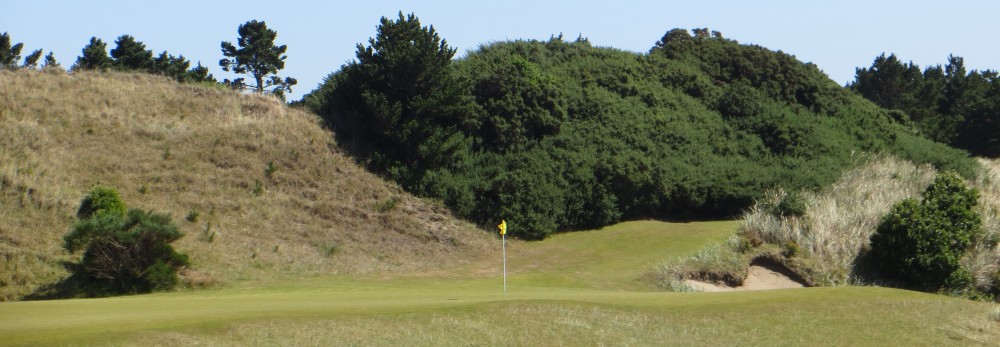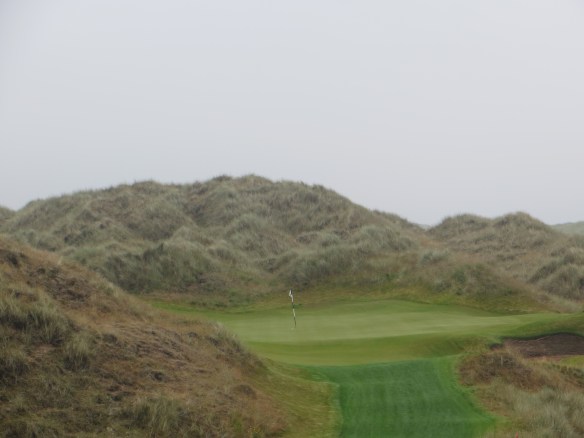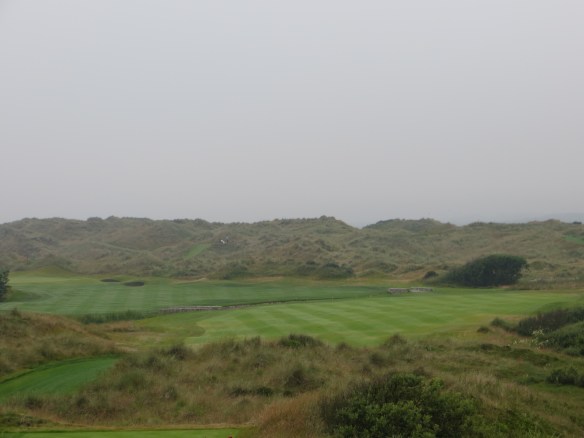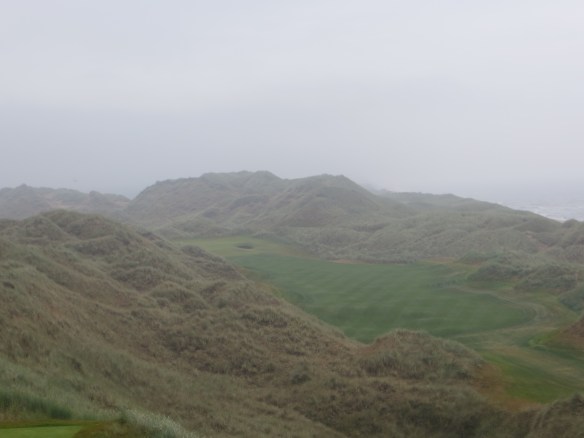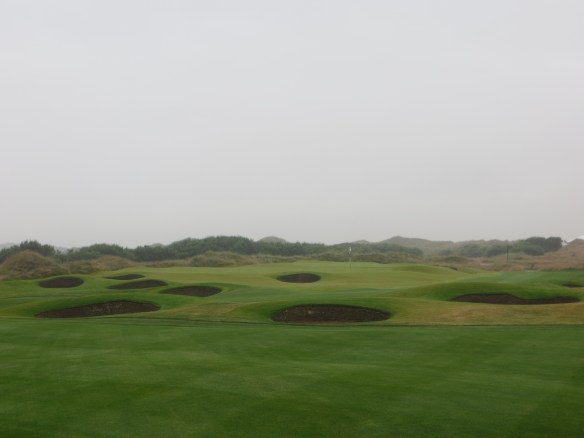 When knowledgeable people discuss the true gems of links golf in the British Isles North Berwick always gets hearty mention. Much like Cruden Bay or Prestwick it is the hamish atmosphere at Berwick as much as the course itself that shape people’s opinion of the place. This one has real history, A.J. Balfour, a prominent member of parliament, was one of the original patrons in the late 1800s. The place was frequented by prime ministers, members of parliament, church elders, military brass, and eminent educators from surrounding universities.
When knowledgeable people discuss the true gems of links golf in the British Isles North Berwick always gets hearty mention. Much like Cruden Bay or Prestwick it is the hamish atmosphere at Berwick as much as the course itself that shape people’s opinion of the place. This one has real history, A.J. Balfour, a prominent member of parliament, was one of the original patrons in the late 1800s. The place was frequented by prime ministers, members of parliament, church elders, military brass, and eminent educators from surrounding universities.
Ben Sayers was the pro at that time and represented the club in the Open Championship for thirty years starting in 1884-he was runner up in the 1888 championship. Sayers was well known as a club maker and teacher and his students included members of the Royal Family. In many ways he was responsible for the growth of the fame of North Berwick in the day.
As with so many links in Scotland North Berwick is an endemic piece of the small town from which it gets it’s name. The distinguished old club house sits wedged between the edge of town and the first tee box. Make sure to take the time to poke around the building, it is full of amazing memorabilia and a real sense of history.
The paneled board room in particular is a real period piece-walls enamored with photos and lists of club captains, men’s and ladies past champions, and wood members lockers with really famous names adorning them blend into the décor. You can just smell the history of this place in the room.
The course has no designated architect, but much of what we see today was the result of the efforts of David Strath, the greens keeper in 1876 who took the original 9 and stretched it to a full length 18-hole links layout.

The influence of the Firth of Forth becomes quite evident as early as the 2nd tee box. The criss-cross in and out routing brings the sea winds into play on both sides
The course sits close to sea level of the Firth of Forth and offers an unpredictable routing plan with some very unusual design features that include the full links repertoire of blind shots, long grass, burns, sod wall bunkers, and even some stone walls. An out-and-back arrangement includes hole sequences that criss-cross in each nine, so it presents seaside holes on both sides and full wind influence throughout. Needless to say trajectory control and using the ground as your friend is necessary if you are going to win your match around these dodgy old links holes.

The look off the tee on “Pit” the short Par 4 13th. You can just make out the putting surface tucked beyond the traps on the left and the stone knee wall that crosses the fairway.

This is the ultimate target on #13 wedged between the wall and the dune on the left. It takes the utmost dexterity to play this approach successfully and set up a par opportuntiy.
As you can read in the link below to the Hole-By-Hole Analysis there are a number of unique holes on this links. The famous Redan Par 3 is #15 and it is probably the most copied architectural design for a short hole in history. There are holes where stone walls that separate farm plots in Scotland are an intrinsic part of the design making for an equestrian challenge on some lay-up and approach shots. The most memorable of these is the short, quasi-drivable Par 4 13th where a three-foot knee wall cordons off the green complex a mere pace from the putting surface. Needless to say there are no pitch and run approaches into this one.

Blind shots are not uncommon on links courses. Here is the view from the driving area on “Perfection” the Par 4 14th hole. The green complex sits over the hill beyond the two bunkers.

The 14th green that you could not see feeds off the bottom of the hill and sits between low mounds on the right and the beach on the left. That is Fidra Rock just beyond the aiming pole.
When you ask people who have played the famous courses like Royal Dornoch, The Old Course, or Carnoustie what there favorite track was in Scotland it is surprising how often North Berwick is at the top of that list. The holes are quirky, the challenges are often existential, and the elements are definitely a major factor in the outcome of your golfing day.

The Biarattz green complex on the Par 4 1th is truly severe. This pin is on the back lobe. There is another you can make out just across the deep gully that bisects the putting surface.
But there is something truly magical about this collection of holes-the experience never fails to challenge the player but very often finds a way to please at the same time. This place is a must stop for any Scottish golf itinerary for golfers of all abilities and it will leave a lasting impression guaranteed.
East Lothian, Scotland
Architect: Unspecified (1832)
Tees Par Yardage
White 71 6506
Blue 71 6140
Red 74 5737
(Click here to review the complete North Berwick Golf Club hole-by-hole descriptions)
For more pictures click to review Postcard From North Berwick
